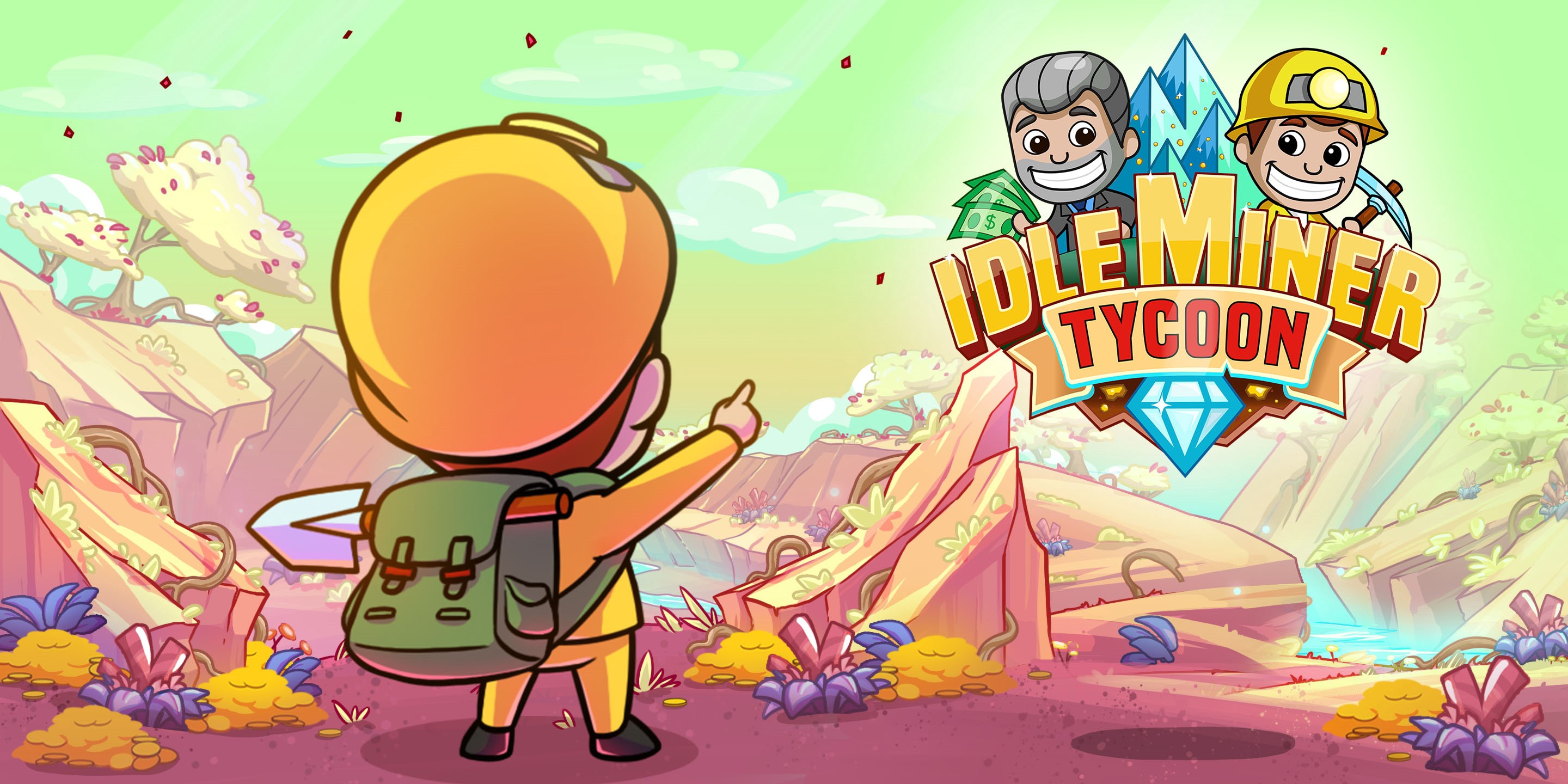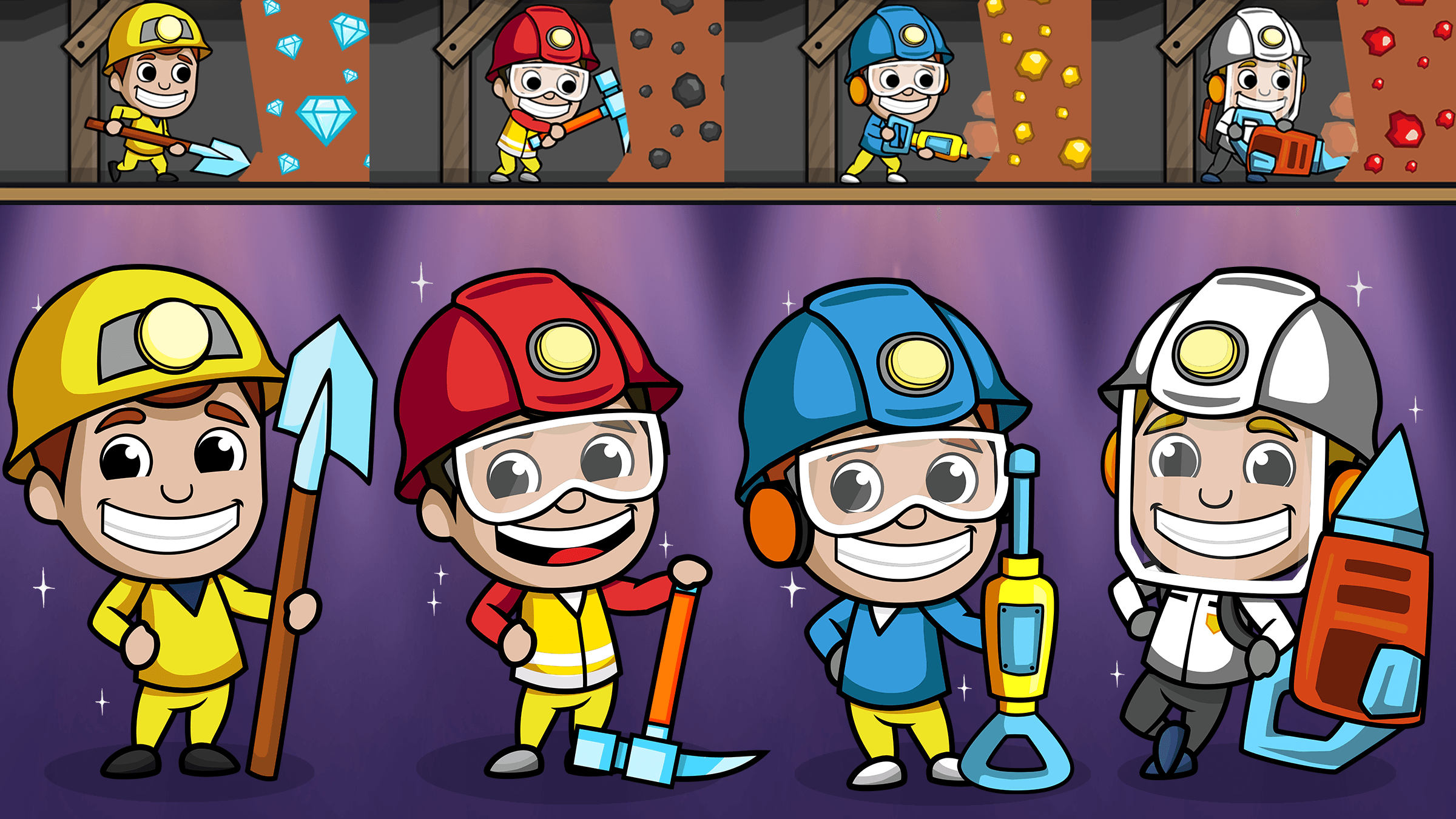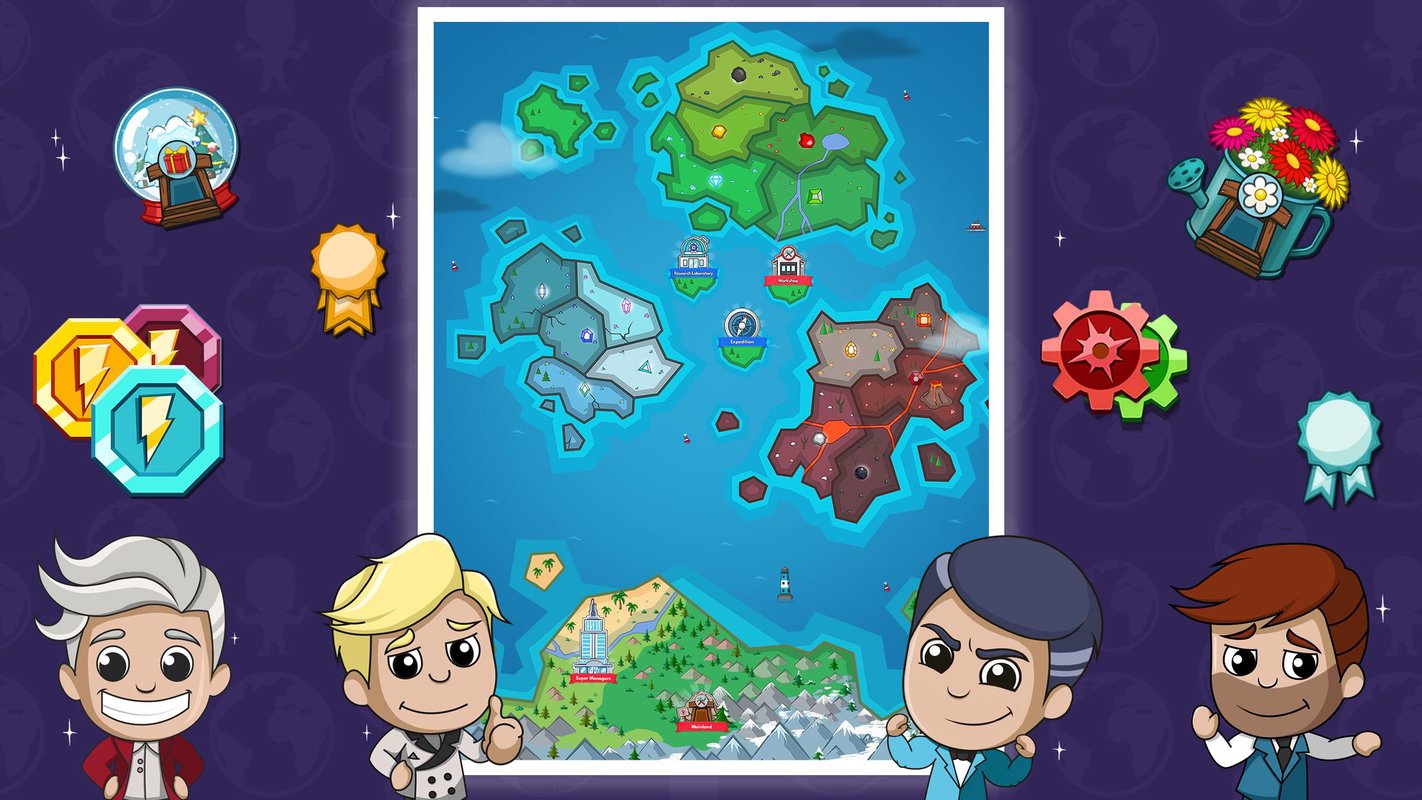How to develop an idle clicker using the Kolibri Games method,” says Nate Barker, Director of business Development at the studio.

Recall that two Kolibri Games clickers — Idle Miner Tycoon and Idle Factory Tycoon — scored a total of 100 million downloads. The studio earns $1.6 million on them every month.
Barker’s original story was published by GameAnalytics.

Nate Barker
What is an idle game?
There are many different answers to this question. Here’s our:
An Idle game is a spreadsheet with a game interface.
It doesn’t sound too exciting, but it accurately reflects the essence. Idle games are almost always based on similar mathematical calculations.
At the beginning, you have points or currency that you can build up manually. In Cookie Clicker, for example, you earn one cookie with one click. It couldn’t be simpler. As soon as you collect enough game currency, you can buy a tool that increases the speed and convenience of clicks to get the same currency.
That’s practically all. There are more detailed descriptions of idle games and the reasons why they can captivate players. But it was the above that we kept in mind while creating Idle Miner Tycoon in 2016.
At first there were 4 people in our team. The game was developed in a student apartment near Frankfurt. We started modestly, but over time our staff exceeded 100 people, and we were able to launch a game franchise of 100 million installations in total.

Here are the techniques that helped us achieve this:
1. Start by looking for an extraordinary idea
The format of idle games goes well with two subgenres: business simulators and tower construction. Therefore, most of the games on the market are either the first or the second.
We have slightly changed the original concept. We took the idea of building a tower and did the opposite: instead of building higher, you dig deeper.
The difference is small, but thanks to it, Idle Miner Tycoon stands out among other games.
2. Create the simplest prototype
The motto of our studio may seem strange to you: “Say no to your desires.” No matter what bold and ambitious ideas we have during the development, we say “no” to them and stubbornly adhere to the original concept.
We have created a basic prototype for Idle Miner Tycoon. It was notable not for what was in it, but for how much was missing from it:
- no 3D graphics;
- no IAP;
- no social functions;
- there is no localization;
- no ads;
- there is no reason to play for a long time;
- there are no cloud saves.
And such a prototype worked well. He had an outstanding retention of the 1st day: from 63% to 81%. (For most games, this figure does not exceed 40%.)
Such a prototype is the basis for a good idle game. You can add everything else to it later.

Taking into account only the retension of D1, we opened ourselves a large fork of opportunities at the later stages of development. Therefore, in the future, if something wrong happened to the game, our fixes did not affect the D1 retention.
3. Don’t force something that doesn’t work anyway
Our first project was called Front Yard Wars. He never saw the light.
Thinking about it now, we see three reasons why the game didn’t work:
- we chose a cascading development model instead of a more flexible one;
- we have overcomplicated the technical process;
- and we haven’t tested the project for months.
We realized that the game was not working when it was 60% ready. It was possible to torture it further and still finish it, but instead it was decided to curtail development and do something new. And judging by the success of our next project, we made the right choice.
4. Place the entire game cycle on one screen
The Idle Miner Tycoon game cycle is divided into four stages:
1. Mining
2. Transportation
3. Sale
4. Upgrade
Our interface demonstrates all these steps on one screen. A “control point” is indicated between them. This is a variable that determines the speed of your progress. Pumping this variable allows you to extract more resources, transport and sell them faster, etc.
This transparency of the gameplay makes the game very simple. Therefore, to immediately immerse yourself in the gameplay, even a 10-minute train ride is enough for you. The same transparency allows you to clearly indicate to the player all the “control points”, which will become the basis of your monetization model.

5. Build monetization on “pay or wait”
There is no losing in an idle game. What matters here is how fast you want to move through the game. This rate of progression is exactly what the players will pay for.
For example, if you want to open a new mine in Idle Miner Tycoon, you have two options:
- pay with in-game currency or by viewing ads;
- wait, repeating the game cycle until the opportunity to open a mine.
We earn about 60% of our income from advertising. Our biggest source of advertising revenue is players who watch ads in exchange for revenue growth from their mines. On average, a player watches eight commercials a day.
The rest of the income comes from in-game purchases. Initially, they were not in the game. But the players themselves asked to be given the opportunity to spend money to speed up the progression. If we hadn’t listened to them, the game probably wouldn’t have been so successful.
6. Apply lean development methods
With the release of Idle Factory Tycoon in 2018, our portfolio has grown to two idle games. By that time, during the development and publication of our first game, we had learned a lot. And reduced the whole process to five stages:
- a small team starts working. She is looking for a good concept and chooses the basic mechanics;
- then we create a simple prototype, check and refine it;
- then internal testing begins. Every developer in the team plays the game, evaluates its fascination and fixes bugs. By this point, about 8 weeks have passed since the beginning of development;
- and that’s when we start external testing. We look at early retention, organics, ratings and user reviews. It’s still about four weeks;
- as soon as the game suits us, we start scaling. We are expanding the team, introducing new features, and increasing the audience.
The whole process is based on the idea of a “minimally working product”. We learned it from Eric Rees’s book “Business from Scratch” (“The Lean Startup”), this is our main source of inspiration.
The point is to improve the product exactly as much as necessary to move to the next stage of development. There is no point in wasting time polishing graphics and balancing if you are not sure that the basic concept is effective.
Game development is a business where hits decide everything. Therefore, the sooner you realize that the game is not working, the lower your losses will be.

7. Hold players
Idle Miner Tycoon was released in July 2016, and since then more than 160 updates have been released for it.
We try to release an update once a week. This helps to retain users, as they are used to when updates come out one after another.
During this time, the game has expanded significantly. We have added the following features:
- extraction of new resources. At the very beginning, players mined coal, gold and other typical materials. Having exhausted their assortment, we began to add comic resources like sweets;
- new areas to explore. The game has a world map and new locations that can be unlocked and explored for new resources;
- expeditions. This was our first attempt to add social features. In expeditions, players help each other and earn new rewards. The more players join together in an expedition, the faster they get rewarded;
- expanded skill trees. This is where we started developing meta. Players choose various bonuses to upgrade their gaming skills;
- events. They are temporarily opening mines with funny and unusual resources (sushi, aliens, pearls). Thanks to events, our weekend income often doubles;
- season pass. We have seen that this works well in top games (for example, Clash of Clans and Fortnite), so we added it to our game. Players buy season passes, thereby increasing their income from the mines for a while. For us, this is a huge increase in earnings.

In addition, we fix bugs and identify defects in updates according to a special scheme. It takes four days:
- Day one: the update gets 1% of the audience. At the same time, we are looking for serious errors or problems, because of which we can cancel the update altogether
- day two: the update gets to 5% of the players, and we are still correcting errors;
- Day three: the game is updated by 20% of players; we review feedback and reviews in the store;
- Day four: if the reviews are satisfactory, then we update the game for the entire audience.
And finally: listen to the players
As we improved our games, we collected data that helped us better understand the players. So, we found out that:
- most of our audience lives in Europe and America;
- on average, their game session lasts 10 minutes;
- the average level of engagement in our games is 52%;
- top 3 most popular in-game purchases among our users.
If we hadn’t listened to our community, we probably wouldn’t have achieved what we have.
I want you to create not just idle games, but good idle games. And I really hope that our advice will help you in this.
